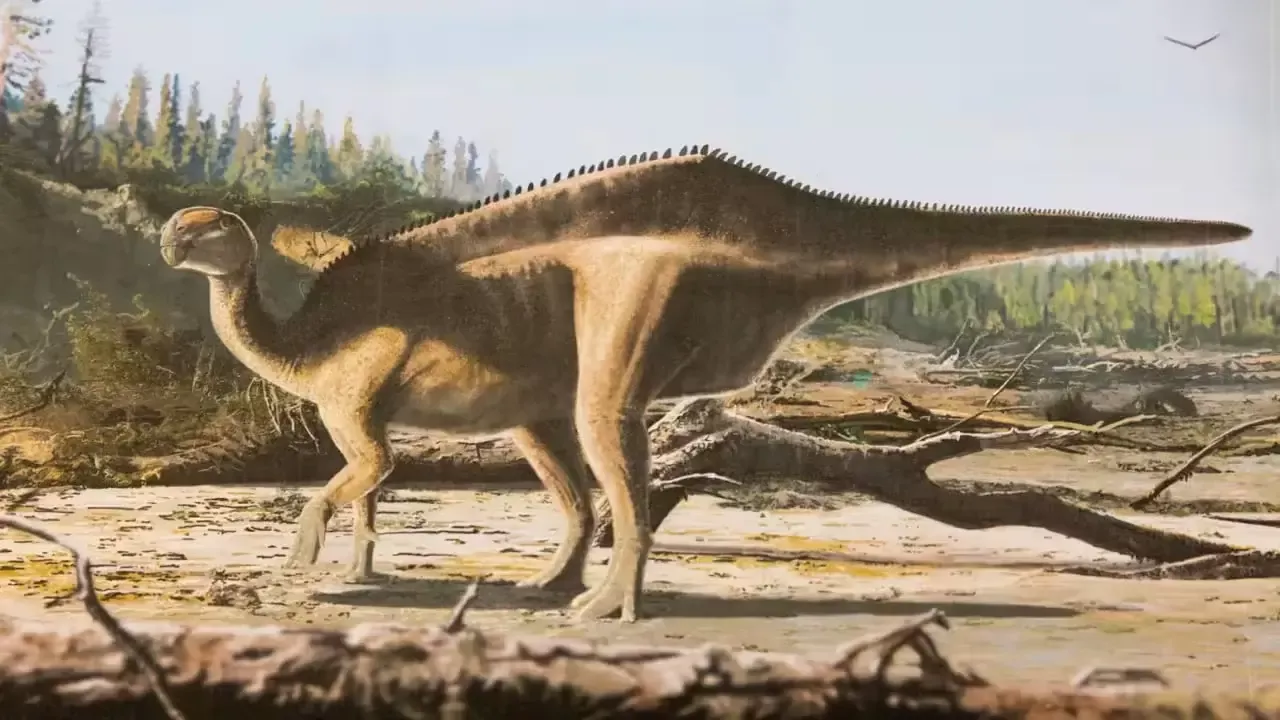
A unique dinosaur species has been discovered in the Isle of Wight region of Great Britain. This was reported by Zamin.uz.
This find has been identified as belonging to a new dinosaur with a shoulder-like organ. This information was provided by CNN.
The London Natural History Museum officially announced this news on August 22. The new dinosaur is named Istiorachis macarthuraye, and it lived approximately 120 million years ago during the early Cretaceous period.
This dinosaur lived on land alongside the widespread iguanodon species of that era. Iguanodons were mainly herbivores and existed from the late Jurassic period through the early stages of the Cretaceous period.
According to scientists, the exact function of the unusual organ on the dinosaur’s back is not yet fully known. Several theories suggest that it played an important role in sexual selection and finding mates.
Similar to a peacock’s tail, it may have served to attract the attention of the opposite sex. Interestingly, these bone remains were discovered 40 years ago but were previously thought to belong to other iguanodontian species that lived on the Isle of Wight.
While conducting his doctoral research, scientist Jeremy Lockwood reanalyzed the bones and found that their vertebrae were much longer and had an unusual shape. According to Lockwood, this unusual vertebral structure and the shoulder-like organ allowed the dinosaur to be classified as a distinct species.
This was detailed in the scientist’s article published in the journal Papers in Palaeontology. The dinosaur was approximately two meters tall and weighed around one ton.
Scientific studies indicate that Istiorachis macarthuraye lived during a period when its vertebrae were gradually elongating. This suggests that strong muscles were necessary to support the animal’s movement and heavy body mass.
Lockwood rejected the theory that this organ served to regulate body temperature, as the numerous blood vessels could have caused significant blood loss if injured. The scientist emphasized that this organ likely played a more important role in sexual selection and mate attraction.
It is quite possible that it was designed to attract the opposite sex. At the same time, the discovery of another new iguanodontian species on the Isle of Wight indicates that the region had a very rich and diverse fauna during the early Cretaceous period.
Lockwood expressed hope that many more valuable discoveries will be made in this area in the future.







